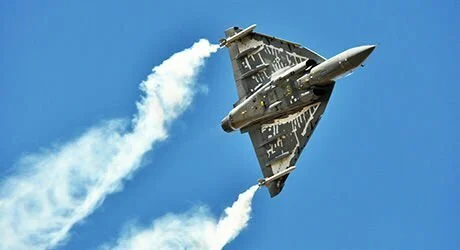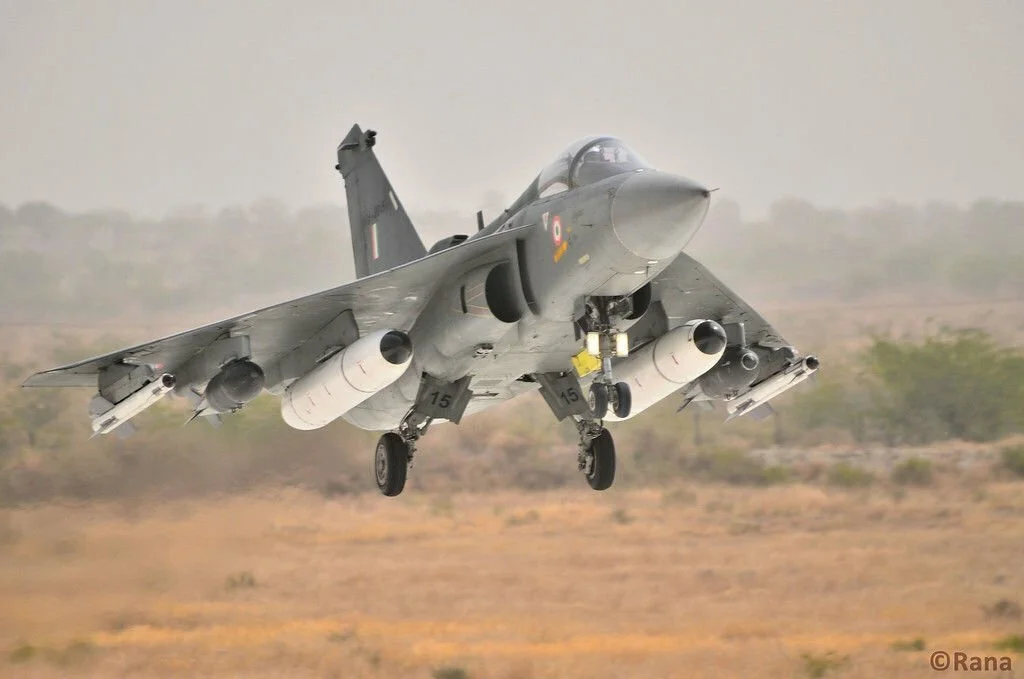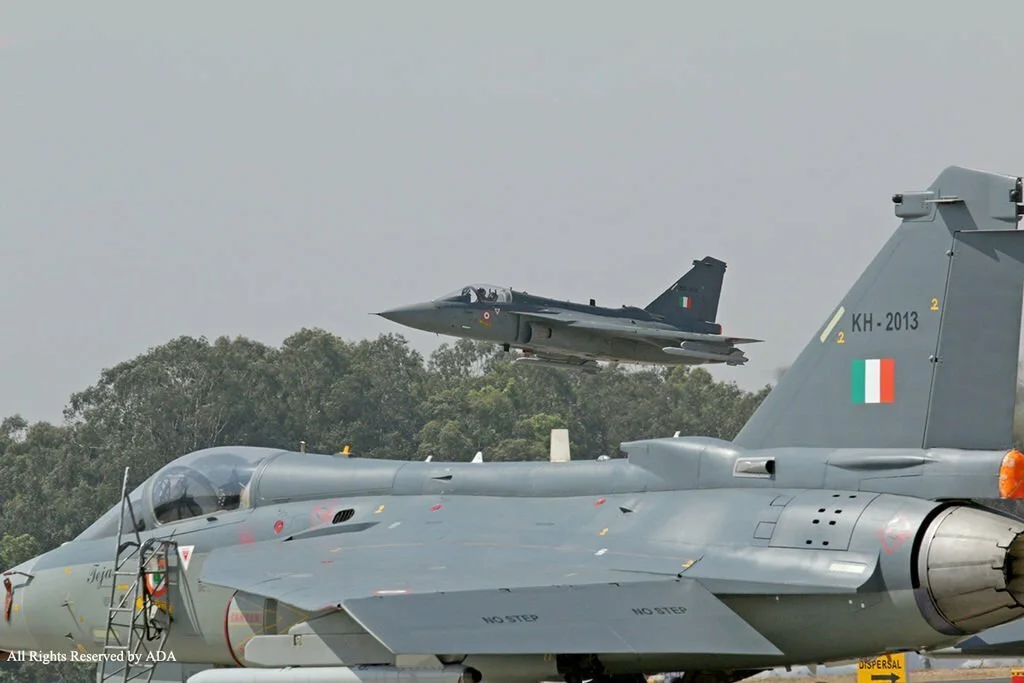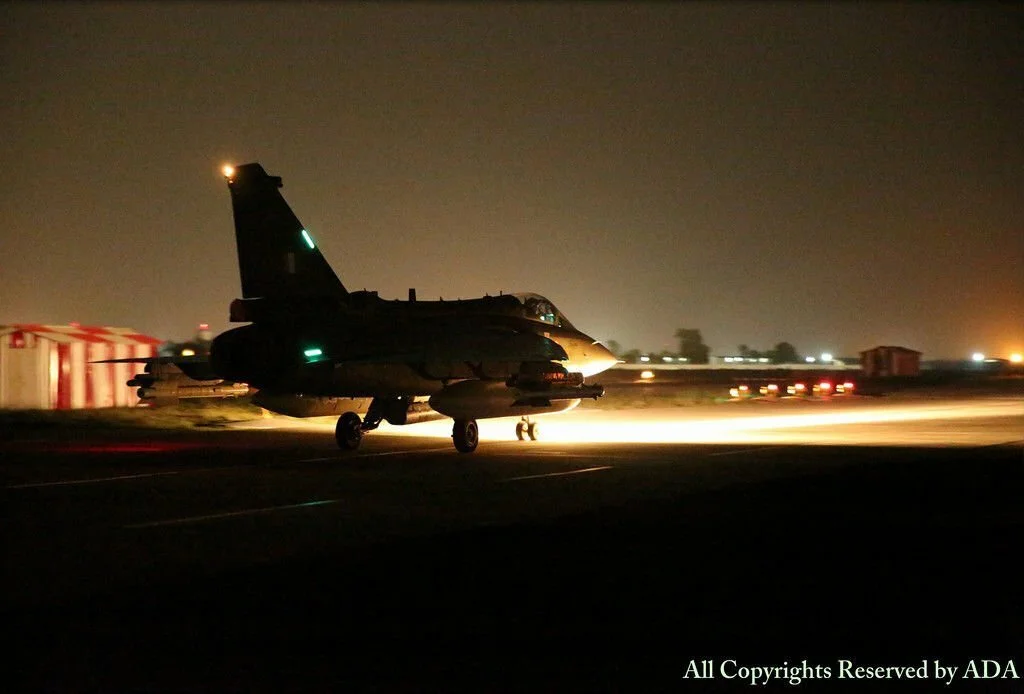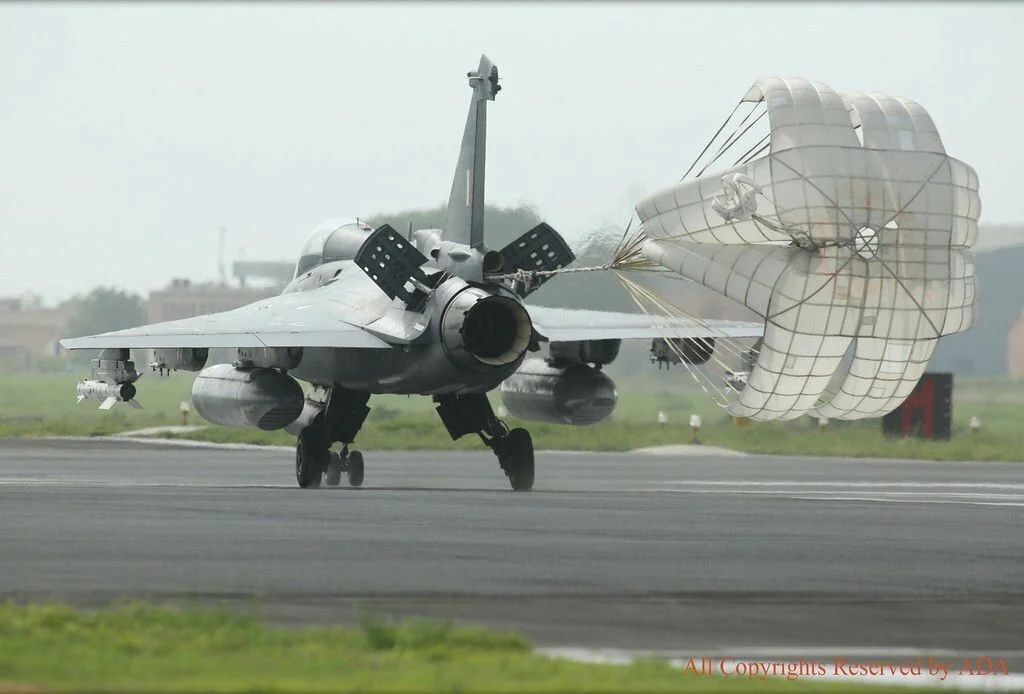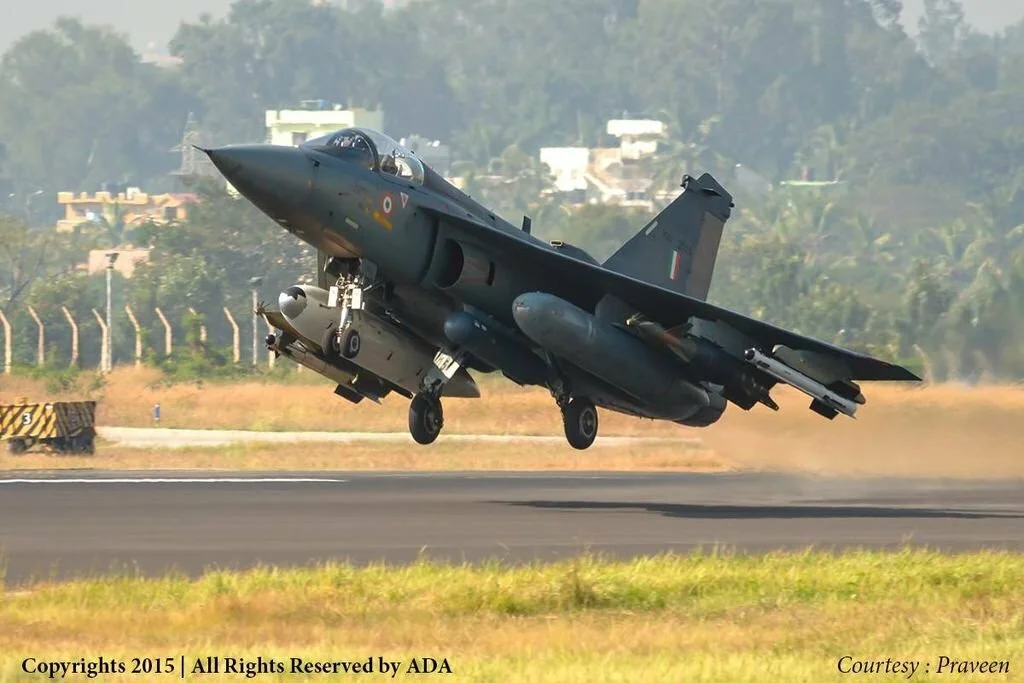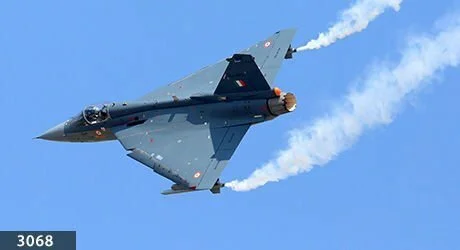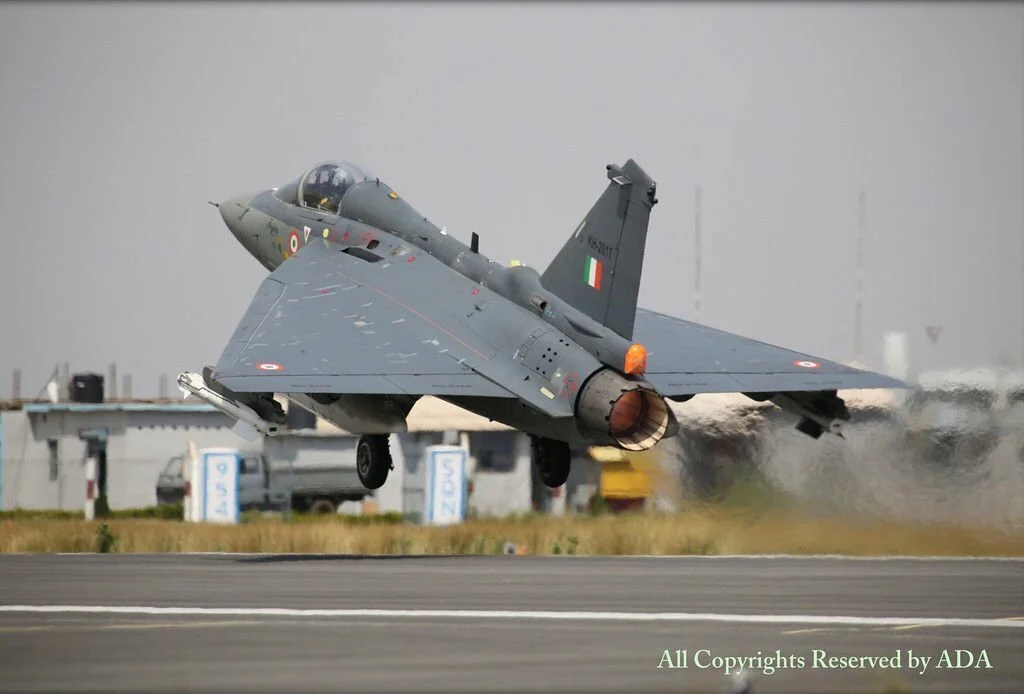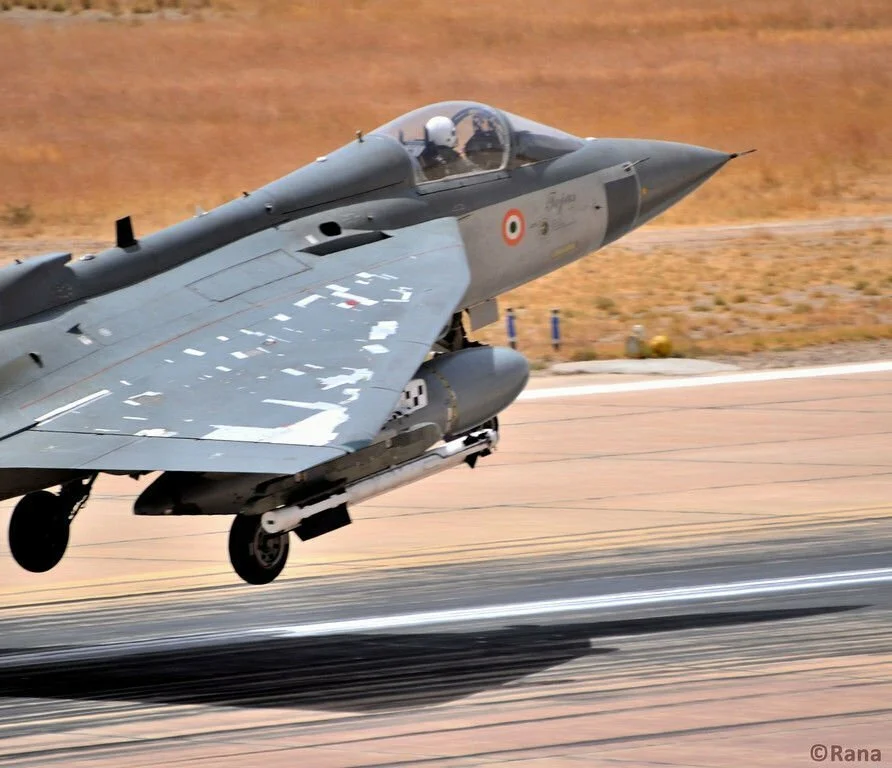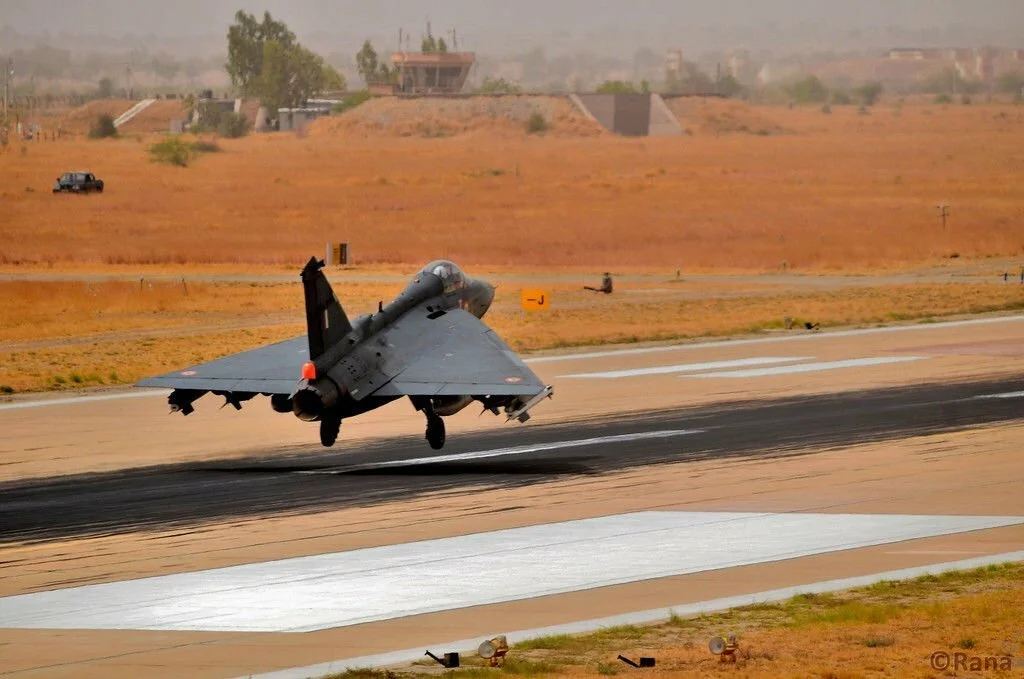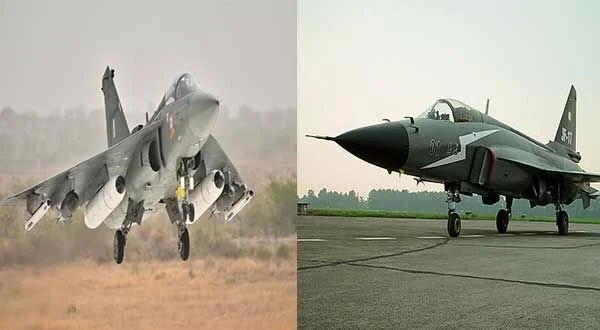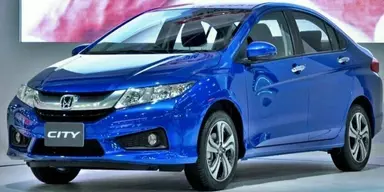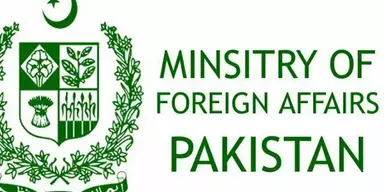Since the 1970, India and Pakistan are gradually increasing their weapons and arms capacity. It was India who first started to allocate heavy share from budget for defense purpose. Then came Pakistan who was then also in a need to pay attention to this sector as well. In terms of firepower, military strength, and defense budget, India is many a time higher than Pakistan but in term of quality product and level of professionalism, it is Pakistan who is leading over the international level. Recent sale and agreement of the JF-17 thunders with Sri Lanka, Nigeria and Uzbekistan are enough to proof that stance.
But here were making a comparison of the two latest aircrafts of the India and Pakistan named HAL Tejas and JF-17 Thunder respectively. Both are painted by the respective air forces as the fourth generation plus fighter jet. Moreover, the forces of both countries are aiming to arm these jets with a fifth generation close-combat missile system. In future, there HMS/D and the radar for targeting will be also integrated in these jets.
Name | HAL Tejas | JF-17 Thunder | |
| Engine type | General Electric F404 | Turbofan | |
| Top speed | 1,193 mph | 1,218 mph | |
| Range | 528 mi | 2,163 mi | |
| Weight | 14,330 lbs | 14,520 lbs | |
| Length | 43′ | 49′ | |
| Wingspan | 27′ 0″ | 31′ 0″ | |
| Manufacturer | Hindustan Aeronautics | Pakistan Aeronautical Complex Chengdu Aircraft Industry Group | |
| Introduced | 2010 | March 12, 2007 | |
| Empty Weight | 6,560 KG | 6,411 KG | |
| Maximum Takeoff Weight | 13,300 KG | 12,700 KG | |
| Internal Fuel Capacity | 2,458 KG | 2,300 KG | |
| External Fuel Capacity | 2×1200 litre drop tank at inboard, 1×725 litre drop tank under fuselage. | 3 external fuel drop tanks (1× under-fuselage 800 litres, 2× under-wing 800/1100 litres each) for extended range/loitering time | |
| Air-t-Air Missiles | · Astra ADVERTISEMENT CONTINUE READING BELOW · Derby · Python-5 · R-77 · R-73 (missile)
| · MAA-1 Piranha (Short-range) · AIM-9L/M (Short-range) · PL-5EII (Short-range) · PL-9C (Short-range) · PL-12 / SD-10 (Beyond visual range)
| |
| Bombs | · KAB-1500L laser-guided bombs · GBU-16 Paveway II · FAB-250 · ODAB-500PM fuel-air explosives · ZAB-250/350 incendiary bombs · BetAB-500Shp powered concrete-piercing bombs · FAB-500T gravity bombs · OFAB-250-270 gravity bombs · OFAB-100-120 gravity bombs · RBK-500 cluster bomb stake
| · Unguided bombs: · Mk-82 (general purpose bomb) · Mk-84 (general purpose bomb) · Matra Durandal (anti-runway bomb) · CBU-100/Mk-20 Rockeye (anti-armour cluster bomb) · Precision guided munitions (PGM): · GBU-10 (Laser-guided) · GBU-12 (Laser-guided) · LT-2 (Laser-guided) · H-2 (electro-optically guided) · H-4 (electro-optically guided) · LS-6 (satellite-guided glide bombs) · Satellite-guided bombs
| |
| Crew | 1 | 1 | |
| Unit Cost | $24 Million for Mark I $28 Million for Mark II | $25 Million for Block 1 $28 Millions for Block 2 | |
| Number Built | 16 including prototypes | 66 + prototypes | |
| Operators | Indian Air and Naval Forces | Pakistan Air Force, Sri Lankan Air Force, Myanmar Air Firce | |
If a head to head comparison of the Pakistan Airpower and Indian Airpower is taken into consideration then it will look as:
Total Aircraft:
India – 1,905 ; Pakistan – 914
Fighters/Interceptors:
India – 629 ; Pakistan – 387
Fixed-Wing Attack Aircraft:
India – 761 ; Pakistan – 387
Transport Aircraft:
India – 667 ; Pakistan – 278
Trainer Aircraft:
India – 263 ; Pakistan – 170
Helicopters:
India – 584 ; Pakistan – 313
Attack Helicopters:
India – 20 ; Pakistan – 48
The airpower includes both fixed-wing and rotary-wing aircraft from all branches of service.
JF-17 Thunder Images
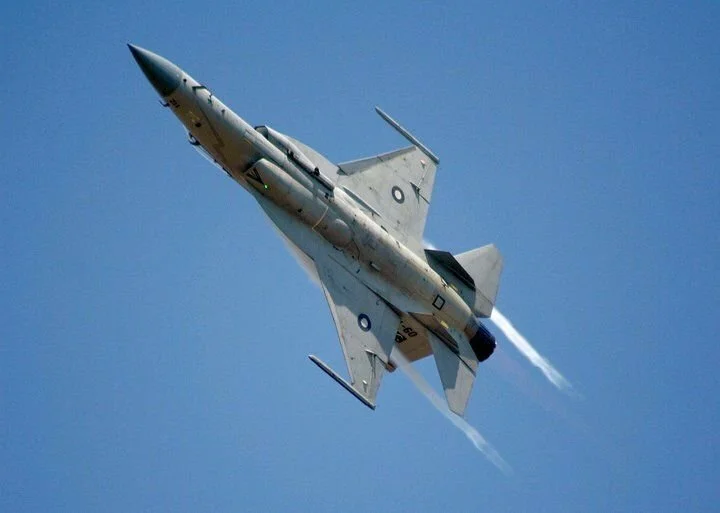
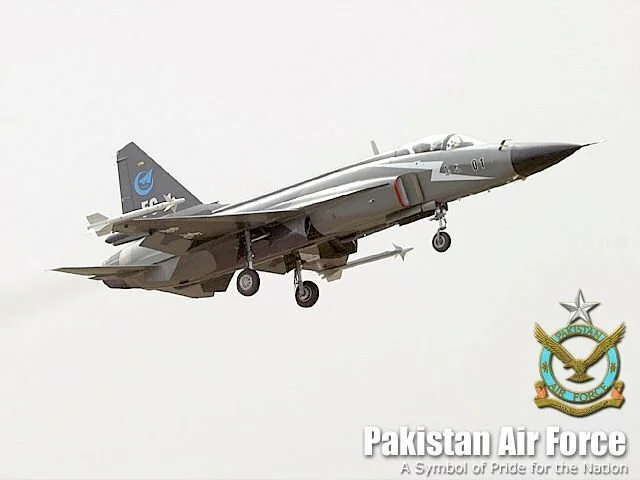
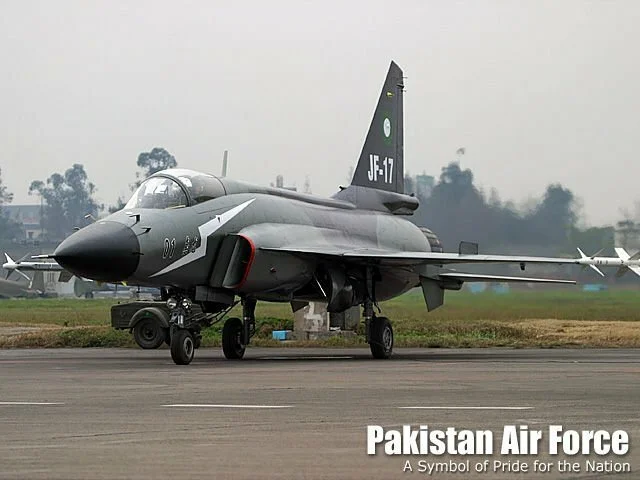
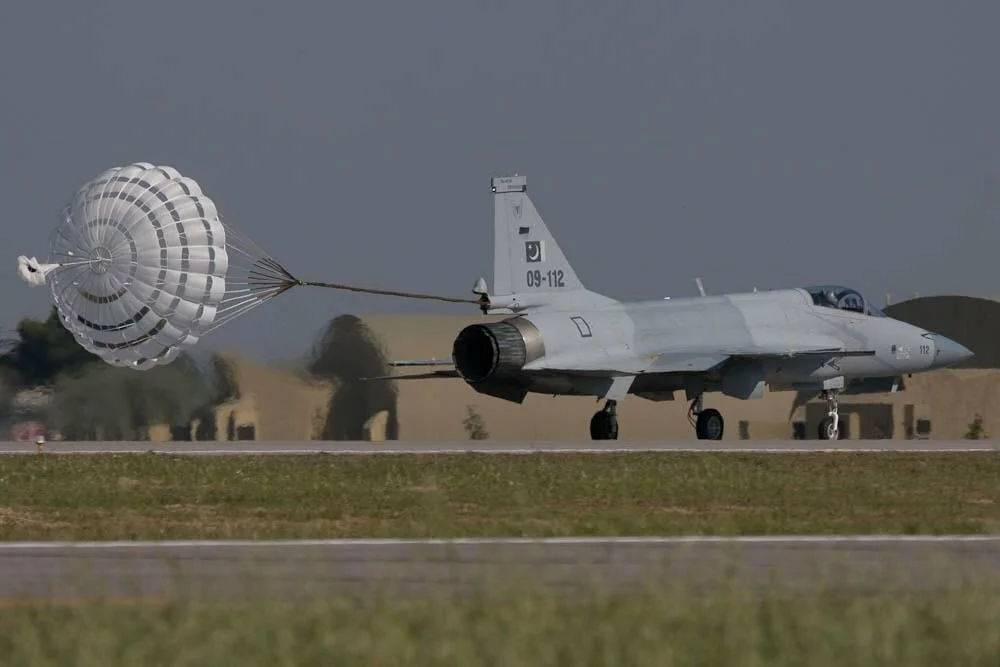
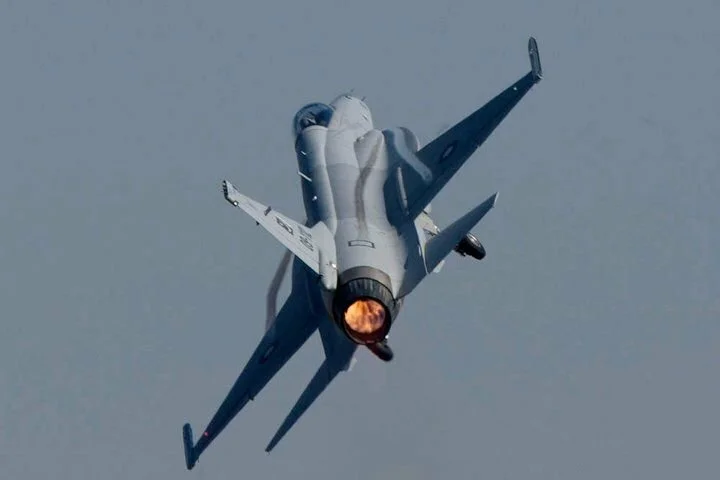
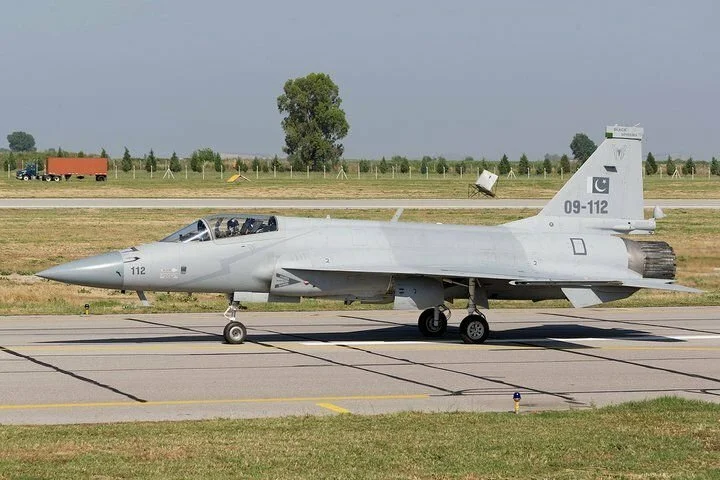
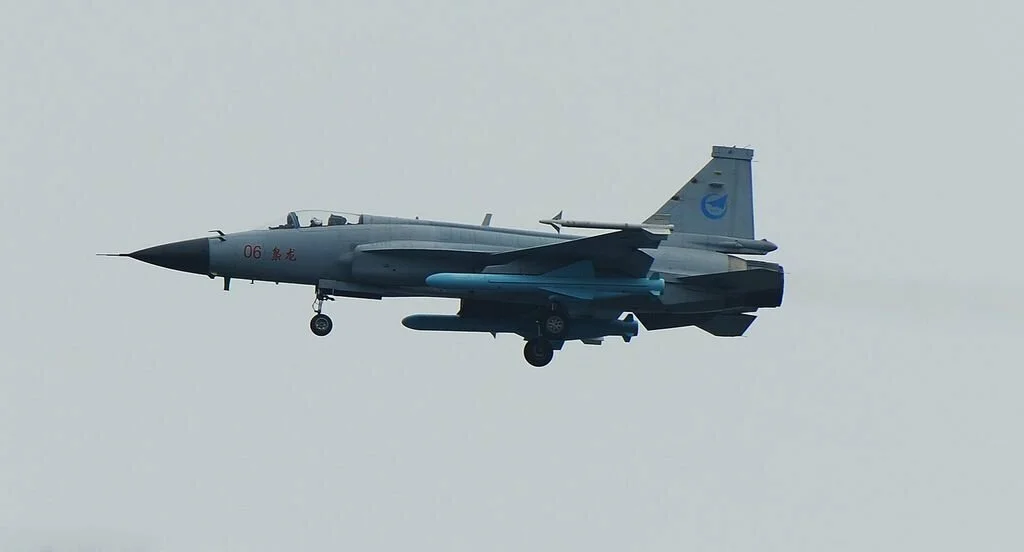
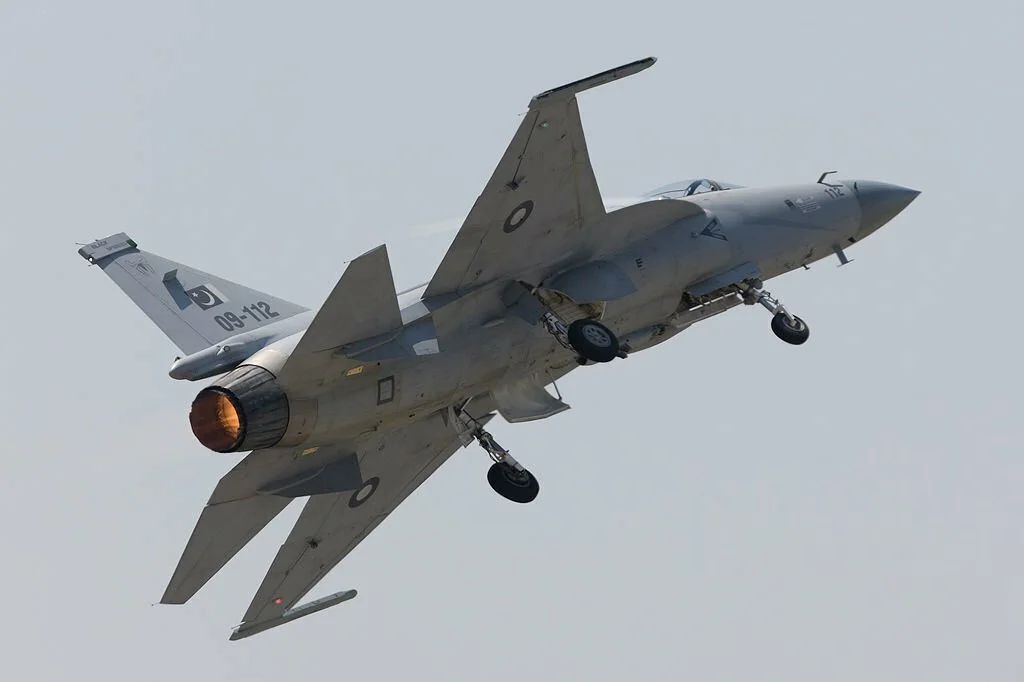
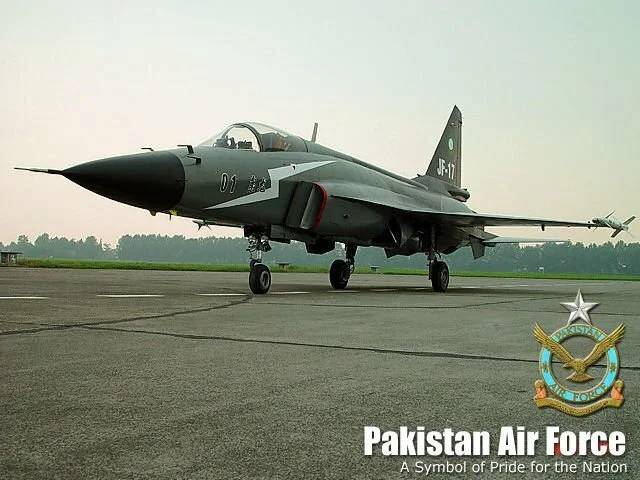
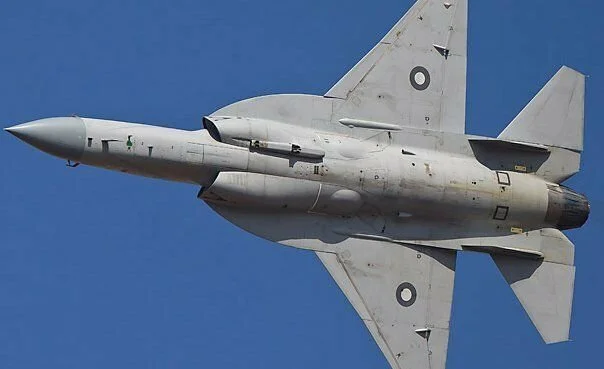
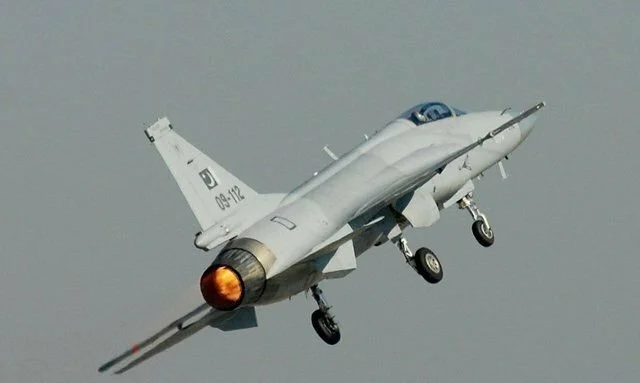
HAL Tejas Images